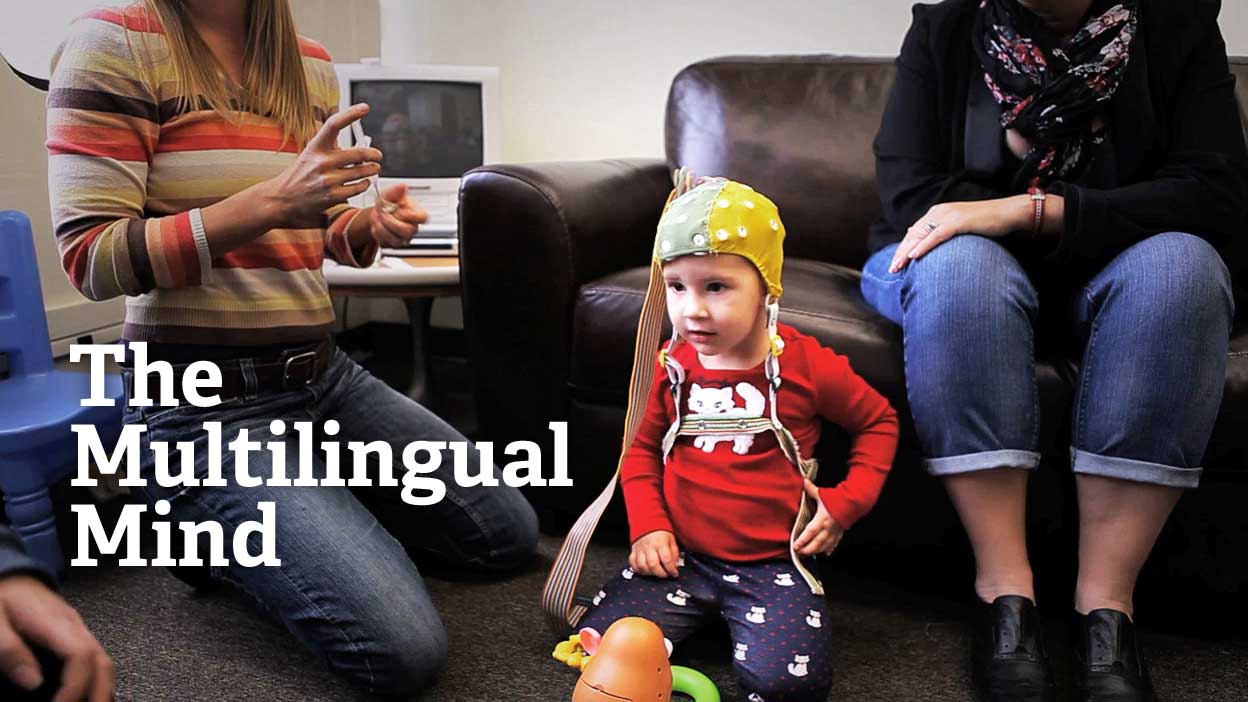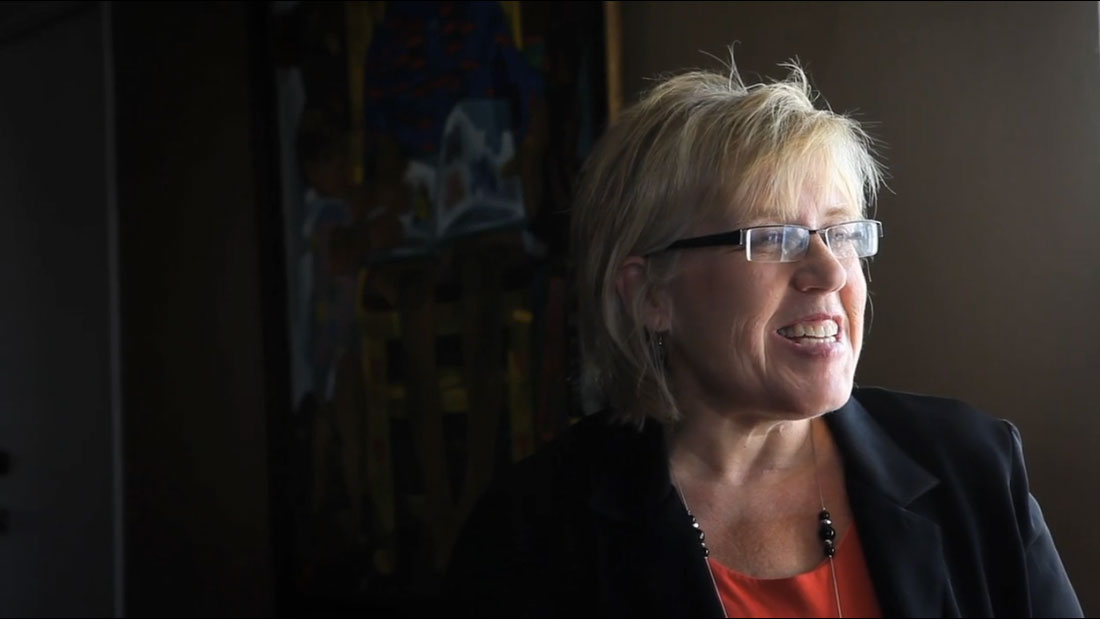Like most kindergarteners, Ruby Stokes is learning to read and write.
She just happens to be doing it in two languages.
Ruby is among a growing number of Los Angeles kids whose parents are choosing to place them in immersion schools not to learn English, but to learn a foreign language—sometimes one that isn’t spoken at home.
In her case, it’s the Spanish immersion program at Micheltorena, which her mother Amy describes as “Silverlake hipster school.”
They are breaking with the long-held fear that learning two languages at once would retard a child’s English vocabulary, instead gravitating to immersion schools as a way to bolster their children’s education. There is such an interest by parents that the number of bilingual schools in California has increased five-fold since 1994.
Brain researchers and linguists said these parents are onto something. Science shows that children who learn in more than one language actually improve their brain function.
Since the 1960s, experts have been trying to figure out how babies and toddlers pick up language. With electrode caps and MRIs, they can now physically see what happens inside children’s brains when they are exposed to words.
“Each time the child hears a word, we take a snapshot of the brain activity over the next two seconds after hearing the word,” explained Barbara Conboy, a Linguistics professor at Redlands University who’s been studying multiple language acquisition for years.
Conboy is looking for differences in activity between when a child hears a “known” word—one he or she would immediately recognize, such as dog, or cat—and unknown words.
What she and others have found is that by a certain age, a child is able to tell whether a word he or she has never heard before is a word in his or her native language.
A 3-year-old English speaker probably does not know the word “fiber,” but Conboy said brain snapshots reveal that the child is able to figure out that it is an English word.
And—what’s most relevant to parents of children exposed to multiple languages—is children can make that distinction even if they speak more than one language. A 3-year-old who also speaks Spanish would know that “fiber” is English and not Spanish based solely on the pattern or sound structure of the word, Conboy said.
She said that’s because the infant brain is meant to discover patterns in the sounds it hears.
Children can begin to make language distinctions in unknown words from the time they are four months old, said Kathy Hirsh-Pasek, a professor at Temple University and Director of its Infant Language Laboratory.
“Babies are brilliant,” she said. “In the first year of life, babies discriminate the sounds from all of the world’s languages and they become specialists in finding the words and sounds in their own native tongue.”
Spoken words stimulate the infant brain to try to understand what it’s hearing. That causes lots of neurons to fire to try to fit the word into a language.
As a result, researchers said, bilingual children may actually get smarter. Conboy said they get a boost in the part of the brain that controls “executive function”—working memory, focus and mental flexibility.
MRIs and electrode cap activity in bilingual infants and toddlers shows more activity in this area of the brain in children who speak multiple languages, according to Loyola Marymount University professor Magaly Lavadenz.
She says that mental activity that works a child’s executive functions, such as language-learning, helps the child be more focused.
“The brain is like a muscle,” she said, “like any muscle, the more you use your muscle, the stronger it is.”
Jan Corea, who runs the California Association of Bilingual Education, said social science research from the last decade is proving that if a child can learn two languages they will “do much better in academic achievement tests” over the life of their education.
Researchers looking at brain activity have also figured out why a child can learn multiple languages much more easily than adults.
Lavadenz said that as infants get older and are only exposed to certain languages, “we delete those other language sound systems.”
The brain begins to focus more exclusively on what it is hearing, losing the ability to understand different languages. Conboy said this process is called “neural commitment.”
The brain is committing itself to the languages it is hearing. So the younger a child is, the more the brain will be open to trying to process new sounds and languages.
The younger brain is simply working on it more than an older child or adult as the child has still not become completely entrenched in a language.
But as children hear only one language, they “delete” other language systems from their brain, according to Professor Lavadenz.
That’s why kids who are older when they are immersed in a language they’ve never heard before can struggle. It can require more motivation from the child to stick with it.

